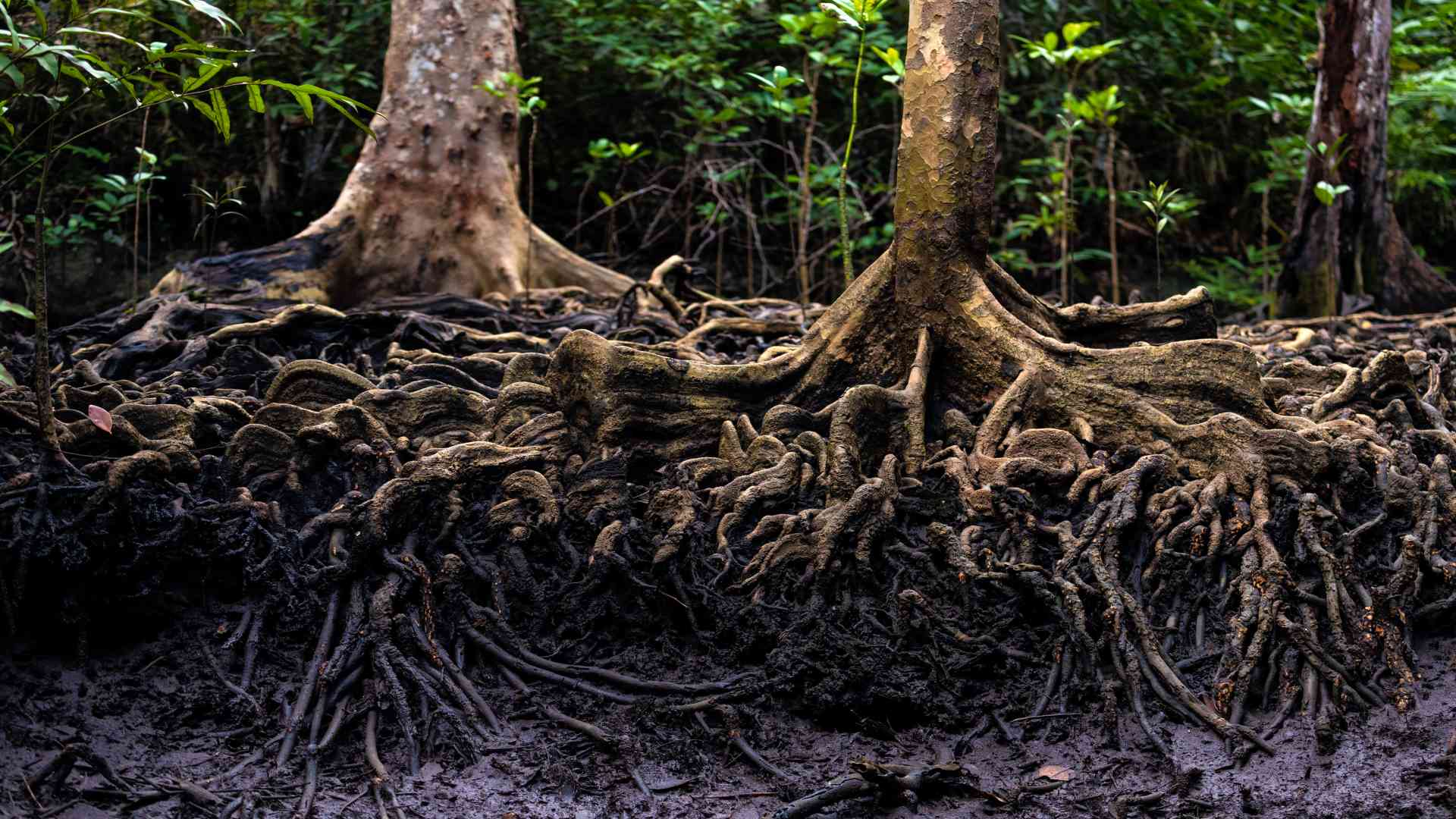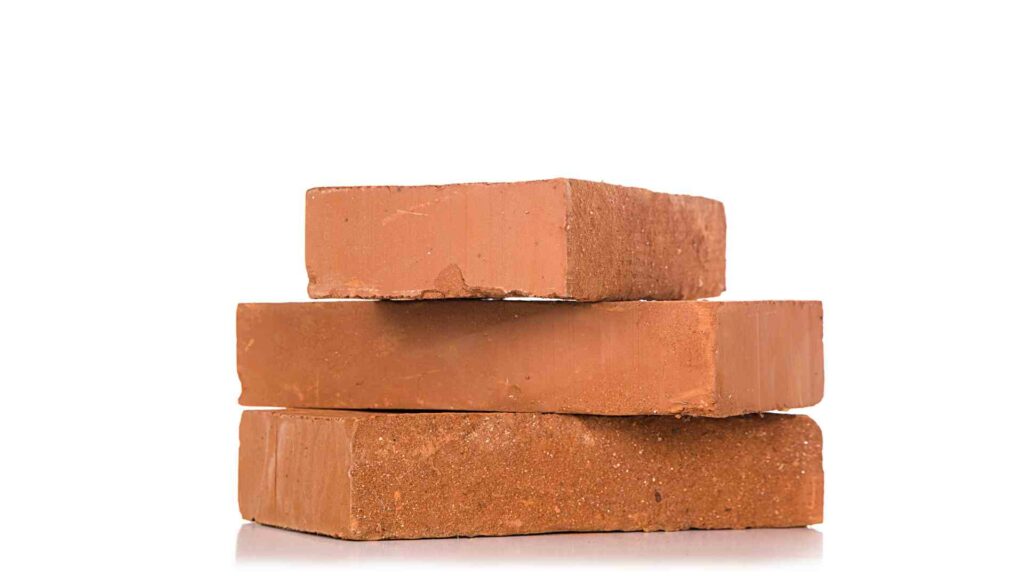Importance Of Boron in Forest Ecosystems
Forest ecosystems worldwide are very likely to be affected by boron deficiency due to increasing atmospheric CO2 levels, which decreases plant uptake of essential benefits of boron. As we continue to study the complex interactions between boron, other nutrients, and the forest ecosystem, it is clear that boron is critical for the health and productivity of these ecosystems.

Forest Ecosystems
Forest Ecosystems
Forest ecosystems are complex systems of interconnected plants and animals, with each organism having an impact on the biotic or abiotic components of its community. forest ecosystems are part of the overall classification of the earth’s overarching ecosystem as a whole, which is the largest functional unit comprising all of Earth’s geographical features and living organisms.
There are different kinds of forest ecosystems, and categorizations are based on the temperature and rainfall in the region of the particular forest ecosystem. A forest ecosystem is the most resilient of all, unaffected by weather or seasons.
Trees are tall and have deep roots, making them resistant to strong winds. Their leaves intercept a large amount of solar that keeps the temperature cool inside the forest.
A forest ecosystem’s soil is also rich in nutrients and humus, which aids in the growth of trees and other plants.
All of these factors contribute to the forest ecosystem being one of the most diverse and productive ecosystems. It is home to numerous plant and animal species that interact to form a complex web of life. This diversity of life contributes to the ecosystem’s balance and ensures that it continues to function effectively.
Key Functions of Forest Ecosystems
Forest ecosystems perform a number of vital functions that are essential for human survival.
- Forests provide various food products, including honey, fruits, mushrooms, palm oil, wild meat, and wine. In addition, they also provide timber, wood biomass, cork, and other materials. The fuel can indeed be extracted from old trees buried beneath the soil.
- Forests maintain ecological factors like climatic conditions, carbon storage, nutrient cycling, and rainfall.
- Forests provide cultural and social advantages for the people who live within them. Traditional views and spirituality protect wild creatures from hunters and urban people from cutting down trees. Few modern people go to the forests for recreation.
Boron in Forest Ecosystems
Boron is an essential micronutrient for plants and plays a vital role in many plant processes. However, boron deficiency is a common problem in agriculture and can reduce crop yields. In forest trees, boron is involved in forming the pectic structure in primary cell walls and plays a role in membrane function. Mycorrhizal fungi can help plants take up boron from the soil, and this is an essential process in forest tree nutrition.
Organ and whole-plant development are impaired in trees lacking vitamin B, resulting in deformed wood and reduced productivity. This leads to the decreased value of wood production over time. It is found in many countries, particularly in exotic eucalypt and pine plantations, native plantations, and natural stands on soils altered by macronutrient fertilization, liming, fire, or erosion.
Boron Deficiency Symptoms in Forest Ecosystems
Boron deficiency symptoms on pines could indeed vary by species and can appear seasonally. In some instances, these signs are caused by environmental stress. Spring growth from undamaged buds looks normal, but leading shoots do not show clearly recognizable symptoms until midsummer or later.
Boron absorption can be irreversibly damaged by short supply or even brief interruptions (such as those due to drought). These symptoms are usually distinctive, but they can be complicated by varying foliar concentrations, erratic occurrence, and potential climatic damage.
Pine trees such as Pinus sylvestris are particularly vulnerable to boron deficiency, resulting in resin flow and apical dominance disturbances. The presence of small, malformed, or dead terminal buds is the most visible symptom of boron deficiency in pine trees. Adjacent lateral buds may be affected as well.
Furthermore, the pine tree’s leader may swell, crack, bend, or die. Near the tips of the affected branches, the needles are frequently short and deformed. A lack of boron can also cause the needles to turn a dark green or discolored.
Pinus stobus and Pinus sylvestris are both susceptible to terminal growing point dieback. This causes the tips of the primary needles to turn light yellow or orange, with light brown edges.
Pinus sylvestris is especially susceptible to this problem, with seedlings that are frequently short and have thick, succulent roots that are somewhat fragile.
Shoot and tip dieback, dead tops and malformation, and brown root tips with extensive surface cork development are some of the symptoms of boron deficiency in Pinus radiata trees. Seedlings whose shoot growing point lacks boron may die within five months.
In Thuja plicata, wilting of shoots and bronze needles on young shoots are common symptoms.
Curved leading shoots are common symptoms often seen in Pinus patuls, P. khasya, and P. caribaea hondurensis, although the foliage is healthy and there is no resin flow.
Pinus elliottii may exhibit resin flow, bud death, and tip dieback symptoms with needle malformations.
Occurrence of Boron Deficiency
Boron deficiency is most common in soils formed by acid igneous rocks and freshwater sediments; acid soils that have had their original content leached, silty sands, clays or micas, acid peats, mucks, and soils with free lime. After heavy liming, some of these soils might become boron deficient.
The addition of macronutrients, reduced foliar boron, liming, and nitrogen fertilization also causes boron deficiency. Liming is likely to affect boron uptake, where nitrogen fertilization causes dilution due to higher growth.
Correction for Boron Deficiency
Christmas tree growers who suspect that their trees may be suffering from a boron deficiency should consider applying a foliar application of Solubor at a rate of 1 lb per 100 gallons. Ground applied sprays of Solubor at a rate of 3 to 5 lbs per acre may also be effective in correcting the deficiency.
However, care should be taken not to exceed a total application rate of 0.25 lbs boron per 100 gallons, as this could cause leaf injury. Based on studies on other tree species in the forest ecosystem, an application rate of 5 lbs boron per acre is likely to be adequate to correct the deficiency under drought conditions.





